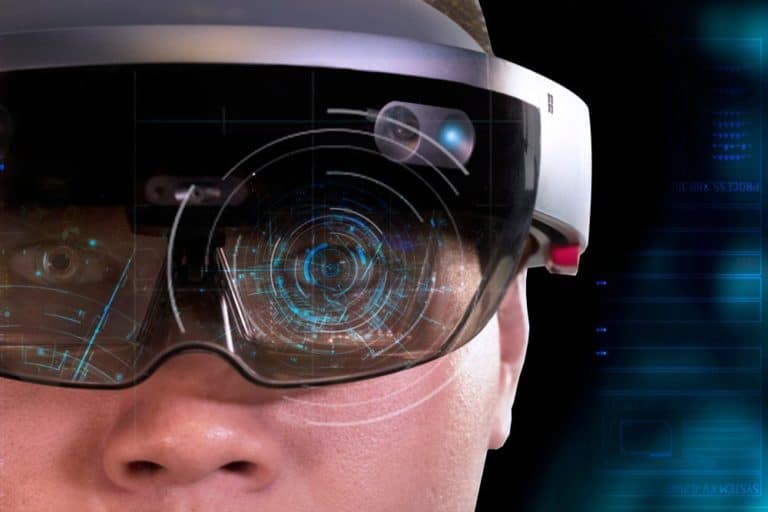The heads-up display of, say, Call of Duty will soon no longer be science fiction thanks to Microsoft, which will bring the technology to soldiers with a military version of its Hololens.
A look at the battlefield, with a compass at the top, the real-time position of your companions in the corner of your eye and a dot that indicates what you have in mind with your weapon: it sounds like the standard interface of a first person shooter such as Call of Duty, but soon it will also become reality for real (American) soldiers. Microsoft is working on IVAS for the American defence, which is essentially a military version of the Hololens 2.
Shooter in real life
The Pentagon released just under 500 million dollars to allow Microsoft to develop the glasses. Many employees had the wrong idea: they did not immediately see themselves as builders of military hardware. Protest didn’t do much for the time being and a journalist from CNBC now got the chance to see IVAS in action. The verdict: the military Hololens is indeed a tool for modern warfare, which brings known elements from first person shooters to soldiers into action.
With the demonstration, the concerns of the Microsoft employees who expressed themselves in February are not immediately gone. I understand their concerns, says Deputy Army Minister Army Ryan McCarthy about that. However, he argues that the armed forces need the technological know-how. These are the same men and women who ensure that Microsoft employees have the freedom to develop technology.
Night vision
The Integrated Visual Augmentation System also reminds the CNBC journalist of Call of Duty. The augmented reality technology of the ordinary Hololens 2 is basically sufficient for such an experience, and IVAS does not differ that much from the Hololens that Techzine was able to try out earlier. The biggest physical difference is undoubtedly the integration of an infrared camera in the whole so that the military Hololens can also serve as night vision.
The IVAS project will continue for many years to come, and will probably not be rolled out to scale in the US Army before 2028. It does illustrate how today’s new technologies can easily find their way into military applications, despite the objections of their developers. This relationship partly illustrates the link between military and technological development that has always existed. In the past, military application was regulated first, and more peaceful initiatives followed. In this case, the opposite happens.
The Americans also say that they believe that enemies will not be inclined to attack soldiers with the advanced capabilities, and that the Hololens can also be used for training.
Related: First impression: Microsofts HoloLens 2 is ready for the real thing
This news article was automatically translated from Dutch to give Techzine.eu a head start. All news articles after September 1, 2019 are written in native English and NOT translated. All our background stories are written in native English as well. For more information read our launch article.